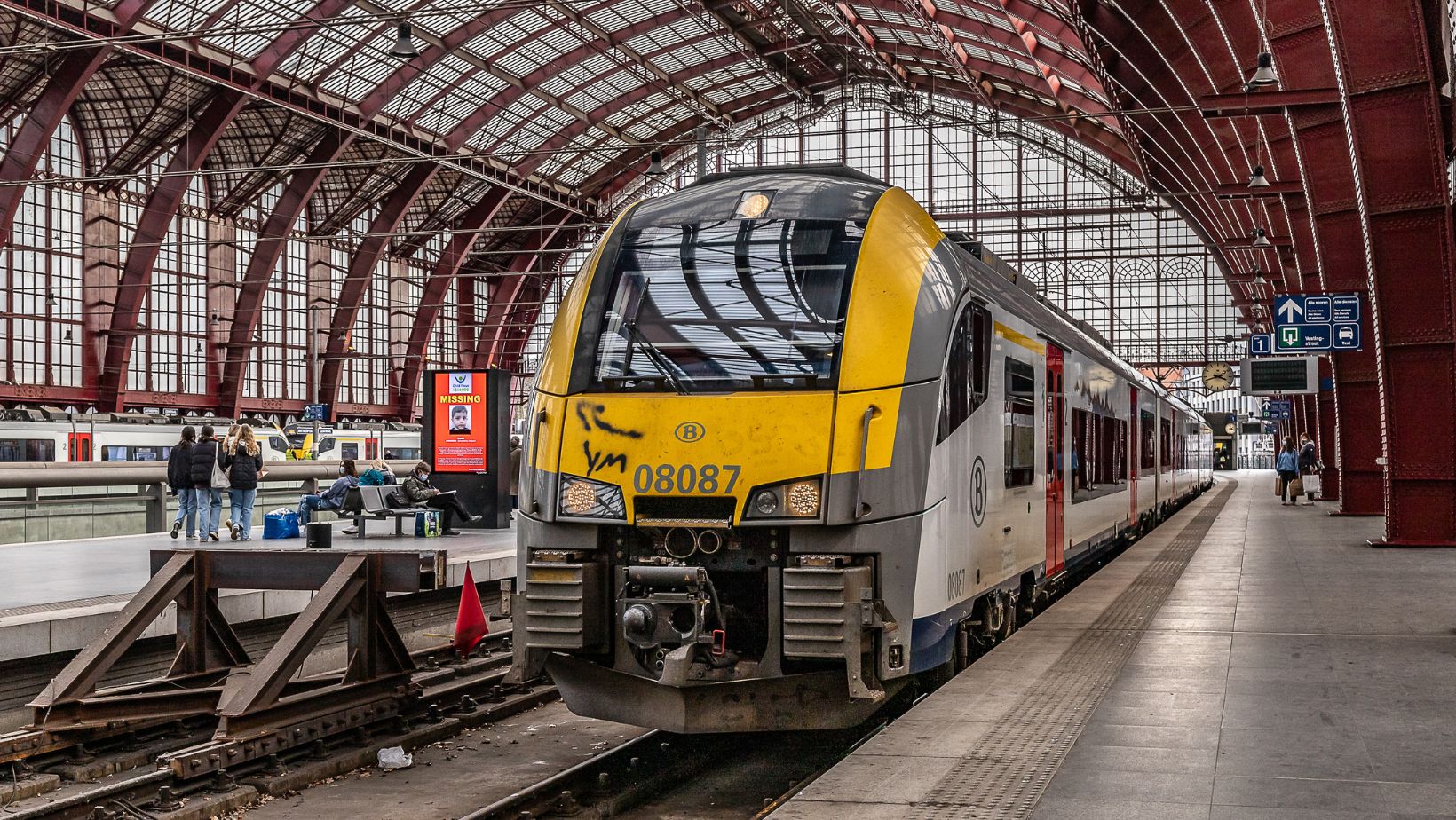These five UNESCO World Heritage Sites show: You don’t have to travel far to experience world culture. And you don’t need a car. You can reach exciting places across Germany by train – often in just a few hours. This gives you enough time to check out Slotsgem.
Train travel is not only good for the environment, it also saves nerves: no traffic jams, no searching for a parking space, no annoying fuel prices. Germany offers numerous UNESCO World Heritage Sites that can be easily combined by train and public transport, making them ideal for a sustainable vacation in Germany.
World Heritage Site In The Capital: Museum Island
Museum Island is located directly in the center of Berlin, on the Spree Island. It brings together five museums, including the Pergamon Museum, the Neues Museum (including the famous bust of Nefertiti), and the Alte Nationalgalerie. The collection ranges from ancient cultures to 19th-century art.
The cultural complex is therefore particularly worthwhile for urban sightseeing with a focus on history, art, and architecture. And while you’re in Berlin, the capital naturally has numerous other attractions to offer.
How to get there: You can easily get to Berlin Central Station by regional or long-distance train. From there, take the subway to the Museum Island stop.
Tip: If you are traveling by regional train, it may be worth buying a Deutschlandticket. This gives you unlimited use of public transport within Berlin.
TicketPlus+ combines the regular Deutschlandticket with free sharing offers for e-bikes and e-scooters. The subscription can be flexibly paused each month and offers simple payment options via Google Pay and Apple Pay.
Area Monument In Saxony-Anhalt: The Old Town Of Quedlinburg
Quedlinburg impresses with its numerous half-timbered houses and its medieval townscape.
Quedlinburg was an important royal palace in the Middle Ages and is now one of the largest monuments in Germany. Over 2000 half-timbered houses from eight centuries, romantic alleyways, and the imposing collegiate church on the Schlossberg make the town unique. The largely original townscape from around 1300 is particularly impressive.
How to get there: You can travel to Quedlinburg by regional train from Magdeburg or Halle, for example. The train station is just a few minutes’ walk from the town center.
On The Trail Of The Vikings In Schleswig-Holstein
The settlement of “Haithabu” was an important Viking settlement, and the so-called Danewerk was a huge defensive rampart. Today, visitors can experience an archaeological open-air site with reconstructed Viking houses and a modern museum with finds. The Danewerk illustrates early medieval border defense on an impressive scale.
How to get there: Take the train to Schleswig. From there, a bus takes you directly to the Haithabu Viking Museum. Alternatively, you can cycle from Schleswig to the World Heritage Site in just 15 minutes. This also invites you to combine your visit to Haithabu with a bike tour along the Baltic Sea coast.
World Heritage Sites In The North: Old Towns Of Stralsund & Wismar
The Hanseatic city of Wismar offers you World Heritage Sites in the north of Germany. Both Hanseatic cities reflect the splendor and influence of the Hanseatic era. Wismar offers a cohesive cityscape with magnificent gabled houses, while Stralsund impresses with its churches and historic town hall. The typical North German brick Gothic style is particularly well preserved in both towns.
How to get there: You can reach both cities from Berlin by regional train without changing trains. There are also suitable connections from Hamburg and Rostock.
World Heritage Site In Bavaria: The Old Town Of Bamberg
Bamberg was originally a model for urban development throughout Central Europe. The old town remained largely intact during the Second World War and boasts an impressive mixture of Romanesque, Gothic, and Baroque buildings. Highlights include Bamberg Cathedral, the Old Town Hall in the middle of the Regnitz, and the baroque Michaelsberg Monastery. Like other cities, you can explore the old town on foot.
How to get there: Bamberg is located on the Nuremberg-Erfurt-Berlin ICE route and can be reached in around two hours from Munich or Frankfurt. The train station is only a 20-minute walk from the old town.


 By
By 




